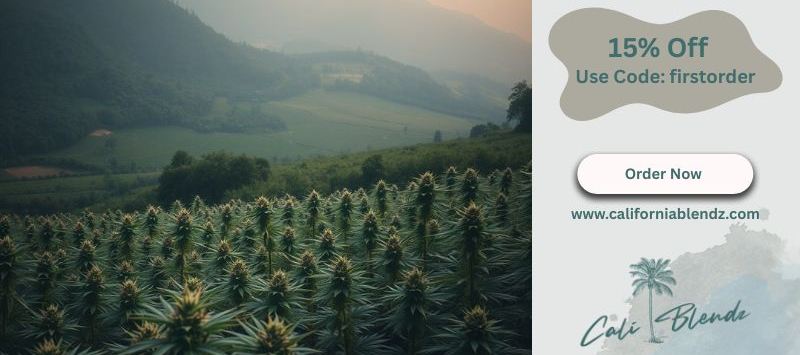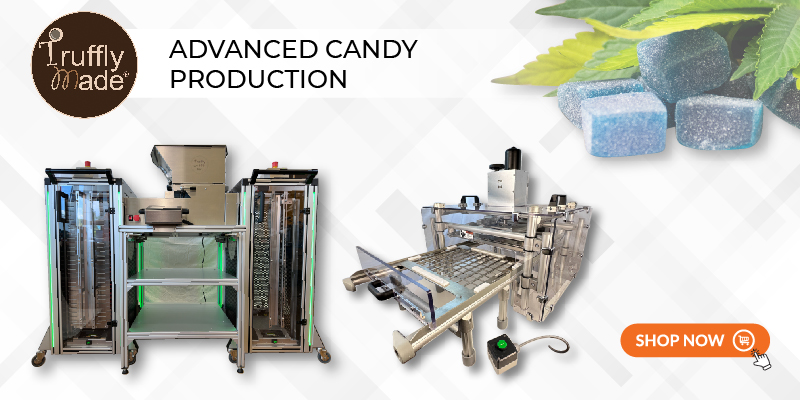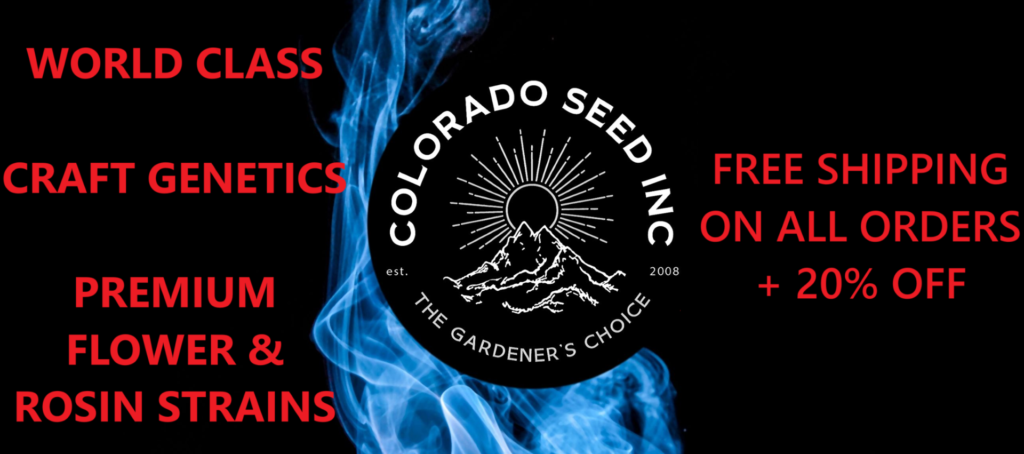Adding dedicated lighting to the middle and lower canopy levels of marijuana plants significantly improves yields and consistency, according to a new study published in Plants.
Researchers compared traditional top lighting (TL) with two supplemental approaches: subcanopy lighting (SCL), which shines light upward from below the plant, and inter-canopy lighting (ICL), which directs light horizontally at the plant’s middle and lower layers. Both strategies produced more uniform light distribution throughout the canopy and led to significant increases in the yield of inflorescences, cannabinoids, and terpenes.
Among the two, ICL produced the largest overall yield boost, increasing dry inflorescence weight by nearly 30%, THC by 24.4%, and total terpene content by 12.5% compared to TL. Both methods also dramatically improved uniformity, reducing variability in dry flower weight by up to 62%, THC yield by over 50%, and terpene content by 75%.
Although SCL and ICL increased power use, they proved energy-efficient when measuring output per kilowatt hour. SCL was the most efficient for raw yield and THC production, while ICL delivered the best return on investment for yield improvements.
The study found that the light added by SCL and ICL benefited the photosynthetically active radiation (PAR) levels in deeper parts of the plant, which are often underlit in standard grows. These boosts helped stimulate growth in lower plant regions that are typically shaded, allowing the entire canopy to contribute more effectively to final yields.

Figure 1. (a) Diagram depicting the measurements conducted at the defined levels: apical, middle, and basal thirds. At each level, measurements were taken in multiple directions (indicated by red arrows), and the PPFD recorded in each orientation was combined and averaged to determine the average PAR for each level. (b) Distribution of PAR (PPFD, μmol·m−2·s−1) throughout the canopy across the different treatments. Data were analyzed by 2-way repeated-measures ANOVA. Means and standard errors are represented. Statistical differences in total PAR received among treatments are noted above the bars. Different letters denote significant differences (Tukey HSD, p ≤ 0.05).
Importantly for the medical marijuana industry, the added lighting also led to more consistent cannabinoid and terpene profiles across plants, an essential factor in ensuring reliable therapeutic effects. The researchers emphasize that while SCL and ICL strategies are effective, further optimization is needed to tailor them to specific genotypes and cultivation setups.
Overall, the findings suggest that targeted supplemental lighting can be a powerful tool for improving both the quantity and quality of marijuana grown for medicinal purposes.
The study concludes:
SCL and ICL enhance light availability throughout the entire canopy in indoor cannabis cultivation, leading to improved plant growth and an increase in bioactive compound accumulation. The improvements are particularly noticeable in the middle and lower levels of the canopy, which enhances the overall production of the plant. With the implementation of SCL and ICL, harvestable inflorescences increased significantly, with ICL contributing to a yield boost of up to 29.95%. Additionally, these methods enhanced cannabinoid yields, resulting in up to 24.42% more THC, and increased terpene production by 12.5%.
Although they require more electricity, SCL and ICL are energy-efficient strategies for cannabis cultivation. SCL was approximately 8.2% more energy-efficient than TL and ICL for dry inflorescence production and 3.1% more efficient than TL for THC yield. On the other hand, ICL was 7.7% more energy-efficient in enhancing inflorescence yield and 15.6% more efficient in enhancing THC yield. Furthermore, these lighting strategies reduced the coefficients of variation for inflorescence yields (55% to 62%), cannabinoid yields (over 50%), and total terpene yields (75%), leading to a more standardized production and a more uniform chemical profile.
Therefore, our findings may enhance product quality and broaden the application of cannabis products for research and medical purposes. However, these strategies still need to be optimized to meet the specific management needs of each production environment. Future research could assess the performance of SCL and ICL across different genotypes. It should also investigate how these factors interact with nutrition, different light spectra, and other industry practices, such as pruning, to promote plant growth and the development of chemical profiles.








